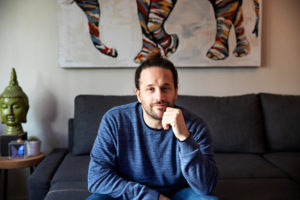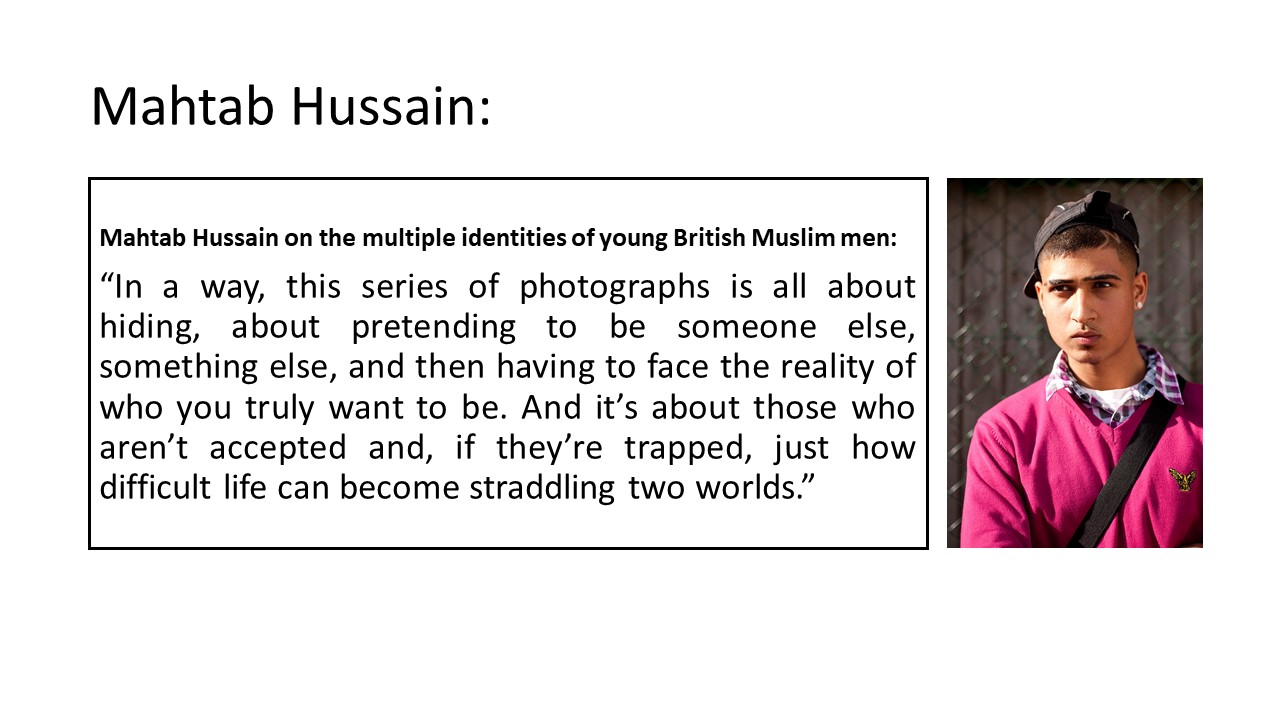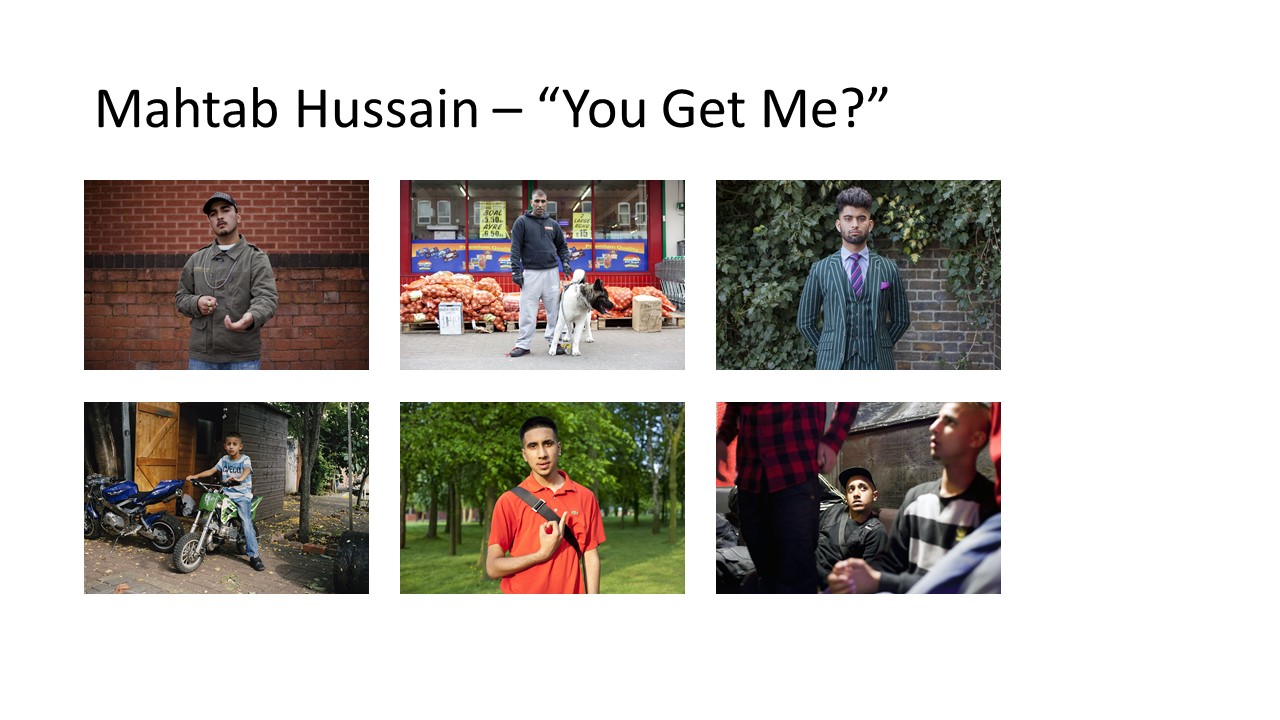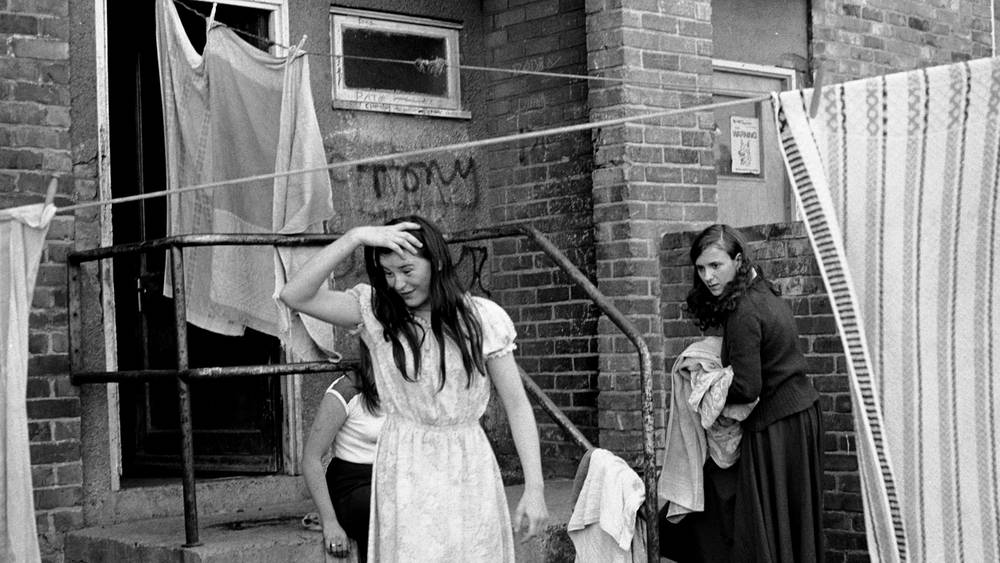Steve Rosenfield was born and raised in Boston, USA but now lives in Sacramento, California. He started to photograph live music, weddings, senior portraits and other events.
“in 2010 i wanted to do more with photography and hoped i could change the way people looked at their friends, family, significant others, and even themselves – thats where the ‘what i be project’ was created”
– steve rosenfield

What I Be Project
The What I Be project is Rosenfields most successful photography project.
The What I Be project was a “social experiment” that quickly changed into a movement about honesty and empowerment. In today’s society we are told to look a certain way, or act a certain way and if we do anything differently from these typical standards we’re often judged, or bullied.
“I started this project in hopes to open up the lines of communication, and to help everyone accept diversity with an open mind & heart and empower those who feel they suffer for something they may see as a flaw.”
– steve rosenfield
Analysis

The model in the photograph is throwing her insecurities out and into the open, and exposing a side of herself that she hadn’t previously shared with anyone. She’s done this by stating “I am not my abuse”, by this she is saying that she does in fact struggle with these issues, but it does NOT define her, her character, her personality, her identity. This project was created to spread awareness on the affects of societies closed thinking and the serious and very stigmatised issues, that unfortunately, some individuals have to fight on a day to day basis.
Technically this photograph is not very complex, it appears like this has been taken in a studio lit by artificial lighting. However, although maybe not the most technically difficult, I feel that this approach was extremely effective and appropriate, I feel this way as it keeps all the attention on the subject and the writing across her body, which does result in the awareness raising aim that Rosenfield had in mind for this project.











